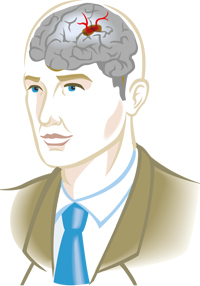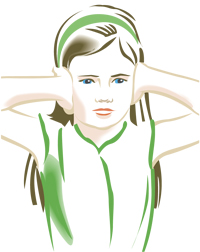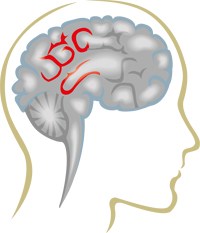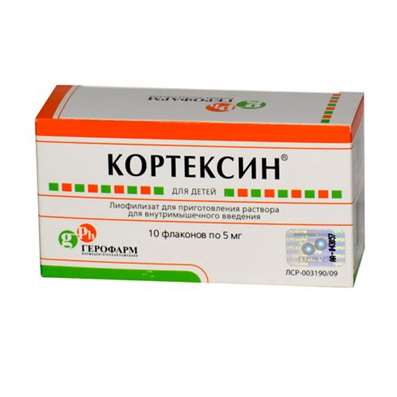31 Jan 2017
Early recovery after stroke
Rehabilitation after stroke - a process long and complicated, the early stage of which is aimed at restoration of damaged brain functions. Treatment aimed at the resumption of speech, motor functions and memory, including physiotherapy, speech therapy classes, and receive a number of products that will improve trophism and regeneration of nerve cells.

We begin recovery
Rehabilitation after stroke is usually divided into two periods: the early - the first 6 months later - the second half of the year after a stroke and later. This is done for the convenience of drawing up a treatment plan, the results of evaluation of the quality and completeness of forecasting recovery.
Tasks of early rehabilitation after stroke
The maximum possible recovery of lost and broken functions and minimizing the consequences of a stroke. Stopping blood supply to parts of the nervous tissue in the brain leads to oxygen starvation of neurons that results in a violation of their work: at the beginning of a reversible, then - irreversible. Damage to parts of the brain manifest violation of bodily functions, which are responsible for these areas - speech impairment, memory, movement, hearing, vision and so on.
Prevention of recurrent stroke. Moved vascular accident makes the body more vulnerable and increases the risk of having another stroke, especially within one year after the first. Thus, the mortality rate of nearly 35% in the first 30 days after vascular accident, and in the first year is 50% of all cases. Therefore, a person who has had a stroke, automatically enters the risk and in need of the most active and the early recovery period.
How to start the rehabilitation
After stroke rehabilitation should be started early as possible and include:
Drug therapy to improve nutrition and nerve cell functions - receiving neuroprotective, neyrometabolics, nootropics, to eliminate the predisposing factors for recurrent stroke - drugs against hypertension, atherosclerosis and other diseases, to improve the psycho-emotional background - tranquilizers and antidepressants;
Physiotherapy and exercise therapy - for the establishment of nerve impulses along the fibers of neurons, restore muscle strength, and so on;
Classes with a speech therapist to restore speech after a stroke;
Sessions with a psychologist or psychotherapist, depending on the individual character of post-stroke changes.
Neuroprotective - Means that prevent damage to the nerve cells in the brain from the adverse effects. Their influence is aimed at eliminating or reducing disturbances in nerve cells.
Neuro-Metabolic - funds intended to influence the higher functions of the brain. It improves memory, stimulates mental activity, enhances and facilitates the learning process.
Nootropics - Medicinal products intended to influence the higher functions of the brain. Improves memory, stimulates mental activity, enhance and facilitate the learning process.
Tranquilizers - Psychotropic drugs with anti-anxiety effect.
Antidepressants - Drugs used primarily for the treatment of depression. The patient, they improve mood, reduce anxiety, emotional stress and so on.
Semax Drug therapy after stroke
Applied drugs after a stroke are divided into two main types: neuroactive - nootropics, neuroprotective and neyrometabolics restoring the functionality of the nerve cells and vasoactive - acting on the blood flow.
According to experts, it is neuroprotective treatment is not only to protect the affected group of brain cells, but also to ensure further full-fledged functioning of the nervous tissue.
The uniqueness of the preparation "Semax 1%" in rehabilitation plays an important role after a stroke. He at the same time acts as a full-fledged neuroprotective, nootropic and neyrometabolics, and can replace a whole range of drugs with a mono-activity. This avoids unnecessary drug load on the patient and improve his psychological condition.
"Semax 1%" is an effective bridge rehabilitation in the early period after stroke and is involved not only in the recovery process, but also in the prevention of re-vascular accident, ie, ensures that once the two main tasks. A few months later in the recovery period, it is advisable to use Semax 0,1%.
The consequences of a stroke
The consequences of stroke is divided into:
Neurological. The loss of certain functions depends on the area of the brain, which has developed a stroke. Thus, the common effects of stroke are paresis or paralysis of the arms and legs on one side, asymmetry of the face due to paresis of the facial nerve on one side. Brain damage can occur narrowing of the visual fields (one-sided in both eyes), hearing loss in one ear.
Mental and psychological. Memory after a stroke may disappear partially or completely and requires a long recovery period. In the initial period the patient can not remember his name or his family. Vascular disaster often becomes the cause of severe cognitive impairment, reduced capacity for learning and memory, changes in mental functions and behavior.
Therefore, those who have suffered a stroke, need special care and careful treatment by relatives and health professionals.
Timing of recovery
A large part of the recovery processes occur within the first 3-6 months after stroke. After the 6th month, the rate of these processes are slowed down but can continue to restore the functions of up to 2 years or more. For example, there are good chances of a full recovery of speech after a stroke, if the voice rehabilitation began in the first weeks. Therefore, it is the early recovery period is crucial for the future of the patient: his ability to self-service, professional and social activity.
Rules of admission and "Semax 1%" Dosage at Stroke Recovery
Receive 15 days;
2 drops - in each nostril; 2 times per day.
Course 2 bottles - in a bottle contains 60 drops; Instill produce strictly to the nasal mucosa, preventing the flow of the nasopharynx.

 Cart
Cart







